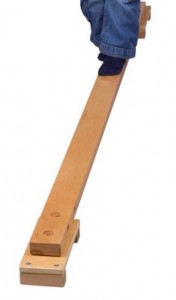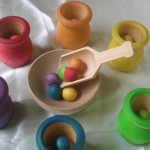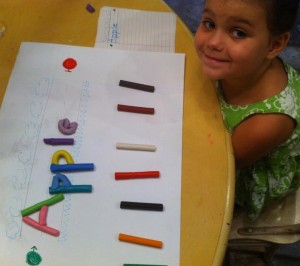[Reprinted from Two Thousand Kisses a Day: Gentle Parenting Through the Ages and Stages by L.R.Knost. Whispers Through Time: Communication Through the Ages and Stages of Childhood; The Gentle Parent: Positive, Practical, Effective Discipline; and Jesus, the Gentle Parent: Gentle Christian Parenting also available on Amazon and through other major retailers.]
~~~~~~~~~~~~~~~~~~~~~
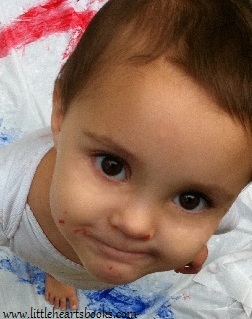 Let’s pack happiness into our children so the baggage they take into adulthood is goodness, confidence, and kindness instead of packing bags of hurt, struggle, and loneliness that will weigh them down for life. ~L.R.Knost
Let’s pack happiness into our children so the baggage they take into adulthood is goodness, confidence, and kindness instead of packing bags of hurt, struggle, and loneliness that will weigh them down for life. ~L.R.Knost
200 Ways to Bless your Children with a Happy Childhood
1.) Float boats in puddles
2.) Ride bikes
3.) Play hopscotch
4.) Blow dandelions
5.) Jump in a bounce house
6.) Take them to a museum
7.) Play hot-potato with water balloons
8.) Make a volcano
9.) Buy them a goldfish
10.) Have funoodle sword fights
11.) Take silly pictures with them in a photo booth
12.) Fix pancakes for dinner
13.) Let them climb trees
14.) Watch your language
15.) Make daisy chains
16.) Play board games and let them win so they’ll feel smart
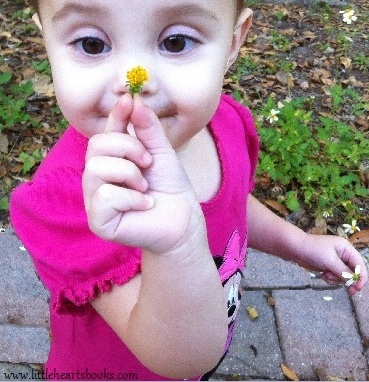 17.) Teach them manners by being polite to them
17.) Teach them manners by being polite to them
18.) Teach them respect by showing them respect
19.) Look at them when they’re talking
20.) Build block towers and knock them down together
21.) Read to them
22.) Laugh at their jokes
23.) When they’re upset say, “I’m here. I’m listening,” and then just be there
24.) Go barefoot in the grass
25.) Thank them sincerely for muddy bouquets of weeds
26.) Pray for them
27.) Pray with them
28.) Tell them the truth
29.) Have wrestling matches & let them win so they’ll feel strong
30.) Let them believe in miracles
31.) Let them see you stand up for what you believe in
32.) Tickle them & stop when they tell you to so they’ll know how to tell someone ‘no’ when they don’t want to be touched
33.) Turn off the television
34.) Have a picnic on the living room floor
35.) Make shadow puppets
36.) Let them become best friends with their grandparents (or adopt a grandparent!)
 37.) Build forts
37.) Build forts
38.) Let them help you fix the toilet
39.) Let them jump in piles of clean laundry
40.) Take them with you when you vote
41.) Have staring contests
42.) Make playing-card buildings
43.) Make a refrigerator box rocket and fly to Mars for dinner with them
44.) Fingerpaint with them
45.) Fingerpaint on them
46.) Let them fingerpaint on you
47.) Tell them corny jokes
48.) Blow bubbles
49.) Jump in puddles
50.) Play football in the mud
51.) Play basketball in the driveway at midnight
52.) Play baseball at the park
53.) Go to their teddy bear tea parties
54.) Play with slinkies on the stairs
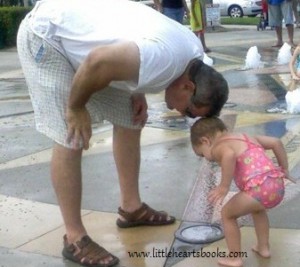 55.) Let them teach you something
55.) Let them teach you something
56.) Put band aids on invisible boo-boos
57.) Scare away the monsters
58.) Sing in the car
59.) Make silly faces in the mirror
60.) Roll in piles of leaves
61.) Turn off the computer
62.) Dance in the rain
63.) Make snow angels (or sand angels!)
64.) Let them help you help someone in need so they’ll learn to serve
65.) Make mudpies
66.) Cook dinner together
67.) Go stargazing
68.) Lay in the grass
69.) Go fishing with real worms
70.) Look for four-leaf clovers
71.) Walk in the woods
72.) Spot shapes in the clouds
73.) Dress up and take them on a date to the symphony
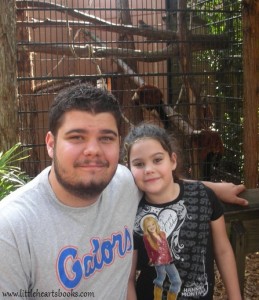 74.) Visit a planetarium
74.) Visit a planetarium
75.) Give them bear hugs
76.) Give them grace
77.) Share a secret
78.) Tell them about God
79.) Tell them stories about your childhood
80.) Get them a kitten
81.) Visit an aquarium
82.) Take them to the zoo
83.) Take them to the library
84.) Let them meet an author or a painter or an astronaut
85.) Let them dream big dreams
86.) Admire their artwork
87.) Make macaroni art together
88.) Go to a sunrise service on Easter
89.) Plant something together and watch it grow
90.) Go to a Passion play
91.) Go to a parade
92.) Play dress up
93.) Go to the beach
94.) Hike up a mountain trail
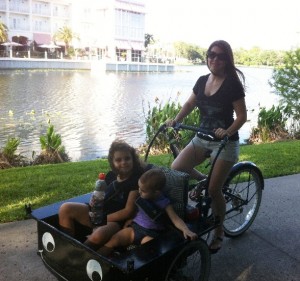 95.) Ride a bicycle-built-for-two (or three!)
95.) Ride a bicycle-built-for-two (or three!)
96.) Hold them when they cry
97.) Forgive them when they mess up
98.) Help them when they struggle
99.) Encourage them to try again when they fail
100.) Let them choose the movie
101.) Listen to their endless stories
102.) Clap when they sing you a song
103.) Share a giant bucket of popcorn at the movies
104.) Rent a projector and hang up a sheet outside to make your own drive-in theater
105.) Take them to an airshow
106.) Take them to a Veteran’s Day parade and let them shake hands with a hero
107.) Tie a towel into a cape and play superheroes
108.) Make Christmas cards for nursing home residents and deliver them together
109.) Throw a surprise half-birthday party
110.) Climb on the furniture and jump over the lava
111.) Make a paper mâché globe
112.) Make paper airplanes and have a fly-off
113.) Fly kites
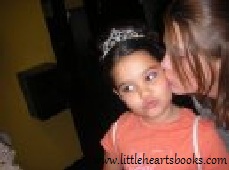 114.) Make sandcastles (or snowmen!)
114.) Make sandcastles (or snowmen!)
115.) Give butterfly kisses
116.) Give Eskimo kisses
117.) Go to a petting zoo and let them pet a goat
118.) Play jump rope
119.) Go to their plays
120.) Go to their games
121.) Teach them chess
122.) Play twister
123.) Let them see you reading
124.) Go to storytimes at bookstores
125.) Go to a farmer’s market
126.) Make s’mores
127.) Camp in the backyard
128.) Cook over a campfire
129.) Build a model airplane
130.) Make up a secret handshake
131.) Wear the macaroni necklaces they make you
132.) Smile when they walk in the room
133.) Kiss them goodbye whenever you leave
134.) Dress up for their tea parties
135.) Play rock-paper-scissors
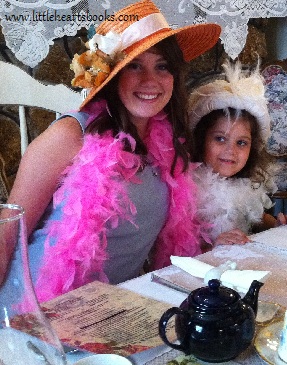 136.) Say please
136.) Say please
137.) Say thank you
138.) Say you’re welcome
139.) Tell them you trust them
140.) Tell them they are good
141.) Tell them you love them every day
142.) Say, “I like you”
143.) Say, “You’re fun to be with”
144.) Tell them you miss them when you’re away from them
145.) Tell them they can always count on you and then be there when they need you
146.) Tell them about times you’ve failed so they know they don’t have to be perfect
147.) Catch fireflies in jars and then let them go
148.) Forgive them so they’ll learn to forgive
149.) Give second chances, third chances, fourth chances…
150.) Race them to the car and let them win so they’ll feel success
151.) Teach them how to skip rocks
152.) Use your gentle hands
153.) Stand up to bullies for them
154.) Tell them what you believe in
155.) Tell them you believe in them
156.) Treat them like they’re priceless so they’ll never doubt their value
157.) Let them hear you whistle while you work so they’ll know joy can be found in everything
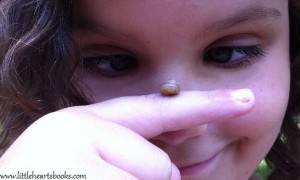 158.) Grab a stick for a sword and slay dragons with them
158.) Grab a stick for a sword and slay dragons with them
159.) Catch ladybugs on your fingers and examine their spots
160.) Share a milkshake
161.) Have a sleepover in their room
162.) Go on a scavenger hunt
163.) Give them a hammer, nails, and scrap wood and watch the magic
164.) Work puzzles together that take weeks to finish
165.) Make grape popsicles and eat them together in the sunshine
166.) Be kind to them so they’ll learn to be kind
167.) Admit it when you’re wrong so they’ll learn to take responsibility for their actions
168.) Say you’re sorry when you mess up so they’ll learn it’s okay to make mistakes
169.) Let them see you cry so they’ll know it’s okay to be human
170.) Tell them you’re on their side
171.) Turn off your cell phone
172.) Build a birdhouse together and let them paint it all the colors of the rainbow
173.) Help them with their homework so they can play outdoors
174.) Play with them
175.) Sprinkle fairy dust on their bed to help them sleep
176.) Let them see you rescue a butterfly caught in a spider’s web so they’ll think you’re a hero
177.) Tell them about the pot of gold at the end of the rainbow and help them search for it
178.) Sit on the porch and wave at the passing cars with them
179.) Take a ride on a train
180.) Take them to see an alligator
181.) Read the funny paper in the newspaper to them
182.) Let them take care of you when you’re sick
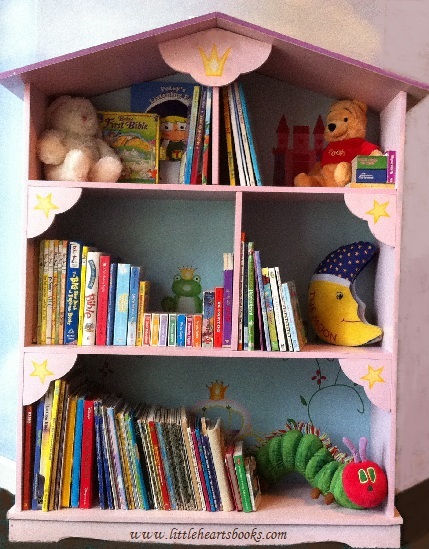 183.) Listen so they’ll learn to listen
183.) Listen so they’ll learn to listen
184.) Care about what they care about so they’ll feel understood
185.) Put others first so they learn sacrifice
186.) Help a neighbor so they’ll understand community
187.) Let them climb into bed with you when they have a bad dream
188.) Make them a cozy reading nook
189.) Squeeze yourself into their reading nook and cuddle up for storytime
190.) Read them fairy tales
191.) Buy them comic books
192.) Make paperchains for the Christmas tree
193.) Have a birthday party for Jesus before opening presents on Christmas morning
194.) Make blessing bags and mail them to our troops
195.) Build bookshelves and start a home library for them
196.) Treat them with compassion so they’ll learn to care
197.) Give them piggyback rides to bed
198.) Read them bedtime stories (and let them choose the book even if it’s the same one every night!)
199.) Show them you love them when they deserve it the least
200.) Live what you want them to learn
“Childhood is a wide-open, sun-drenched, wind-swept field of endless possibilities, experiences, and discoveries. And normal, childlike behaviors are the tumult of brilliant wildflowers sharing their vivid beauty in the riotous yellows of children shrieking and running in the sunshine, the gorgeous blues of children splashing in the sea, the stunning oranges of eyes lighting up in discovery, and the lovely purples of laughter floating on an afternoon breeze. They linger for an all-too-brief season before they’re gone forever, lost in the business and busyness of settling into adulthood. Don’t make them settle too soon.” The Gentle Parent: Positive, Practical, Effective Discipline
Related posts:
In the world of a child wonders are as simple as sticks and sheets, leaves and books, boxes and giggles, and the promise in a rainy day. The Seven Wonders of the World of Childhood
There is such a rush these days to get children sleeping through the night, weaned off the breast, eating solid foods, potty trained, reading independently, and on and on, that we seem to have lost the ability to simply enjoy life as it happens and let our children do the same. A Return to Childhood
On a Winnie the Pooh style ‘long explore’ my little Pooh Bear discovered the world in ways only a toddler can in…The Many Adventures of My Little Pooh Bear
Children who love to read…READ! Engaging children’s hearts in the wonder of reading instead of just training their minds in its mechanics. Raising Bookworms
The evolution of children’s communication proceeds at a steady and relatively predictable pace, though the timing is influenced by factors such as individual personality, cognitive development, home environment, etc. Here’s what to expect through the ages and stages…Whispers Through Time: Communication Through the Ages and Stages of Childhood
From hitting to defiance to tantrums to testing the boundaries and more, here are gentle parenting tools, tips, and techniques… Practical, Gentle, Effective Discipline
25 Reasons NOT to Keep Your Children Busy this Summer
Raising Super Readers~The MARVELous Power of Comic Books!
Playground Confessions~Look Who’s Talking!
 Award-winnning author, L.R.Knost, is the founder and director of the children's rights advocacy and family consulting group, Little Hearts/Gentle Parenting Resources, and Editor-in-Chief of Holistic Parenting Magazine. Books by L.R.Knost include Whispers Through Time: Communication Through the Ages and Stages of Childhood ; Two Thousand Kisses a Day: Gentle Parenting Through the Ages and Stages ; The Gentle Parent: Positive, Practical, Effective Discipline ; and Jesus, the Gentle Parent: Gentle Christian Parenting the first four books in the Little Hearts Handbook gentle parenting series, and children’s picture books Petey’s Listening Ears and the soon-to-be-released Grumpykins series.
Award-winnning author, L.R.Knost, is the founder and director of the children's rights advocacy and family consulting group, Little Hearts/Gentle Parenting Resources, and Editor-in-Chief of Holistic Parenting Magazine. Books by L.R.Knost include Whispers Through Time: Communication Through the Ages and Stages of Childhood ; Two Thousand Kisses a Day: Gentle Parenting Through the Ages and Stages ; The Gentle Parent: Positive, Practical, Effective Discipline ; and Jesus, the Gentle Parent: Gentle Christian Parenting the first four books in the Little Hearts Handbook gentle parenting series, and children’s picture books Petey’s Listening Ears and the soon-to-be-released Grumpykins series.

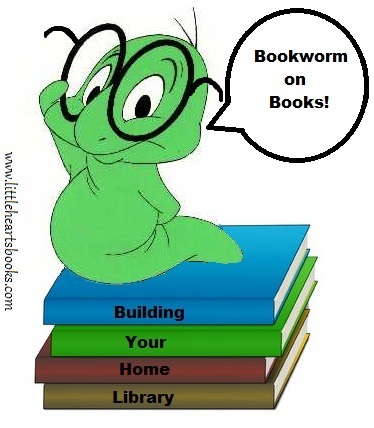 Bookworm weighs in on must-have books for your children in Little Hearts’ How to Build a Home Library for Bookworms from Tots to Teens series. Check out
Bookworm weighs in on must-have books for your children in Little Hearts’ How to Build a Home Library for Bookworms from Tots to Teens series. Check out 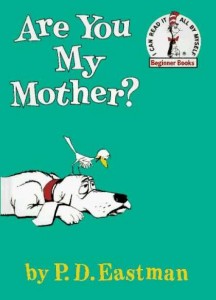
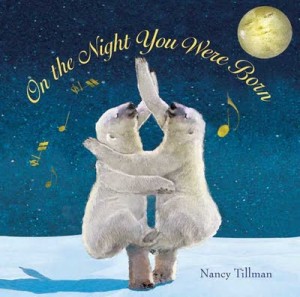

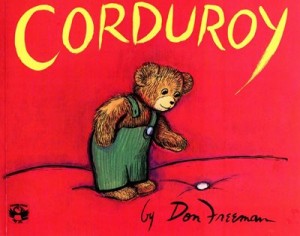
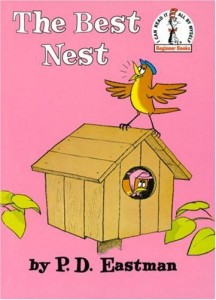
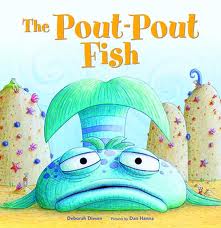

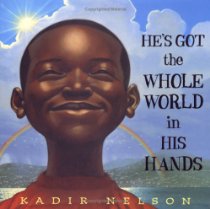
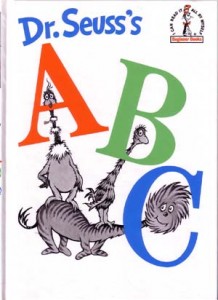
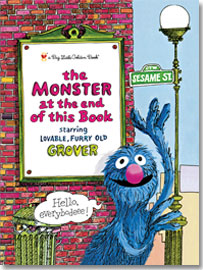
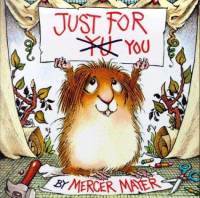
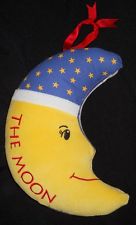
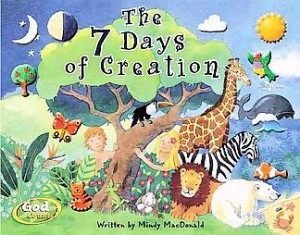
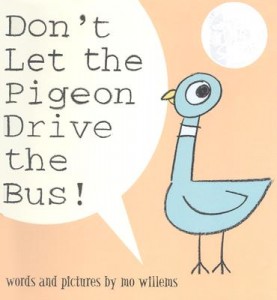
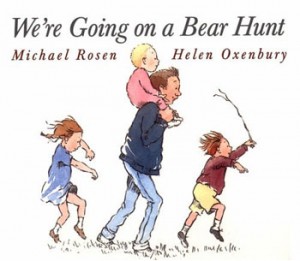
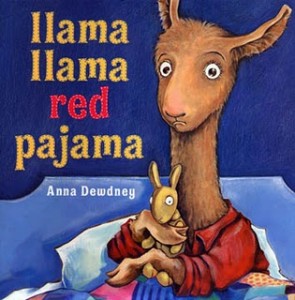
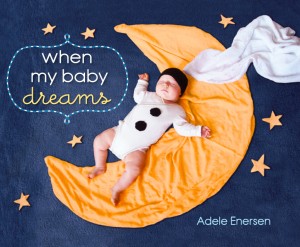

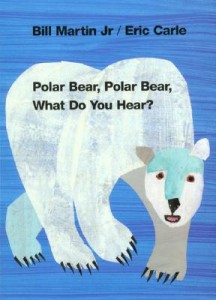
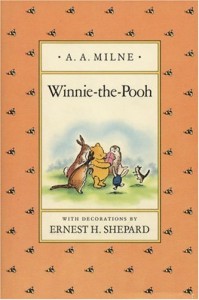
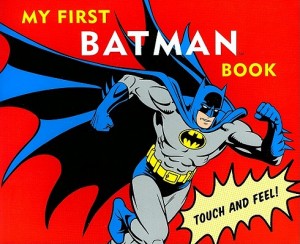
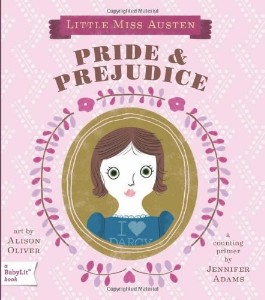

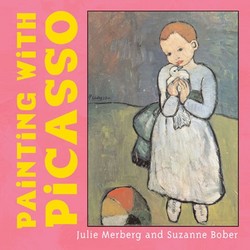
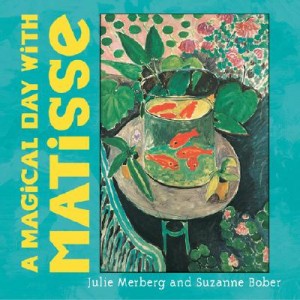

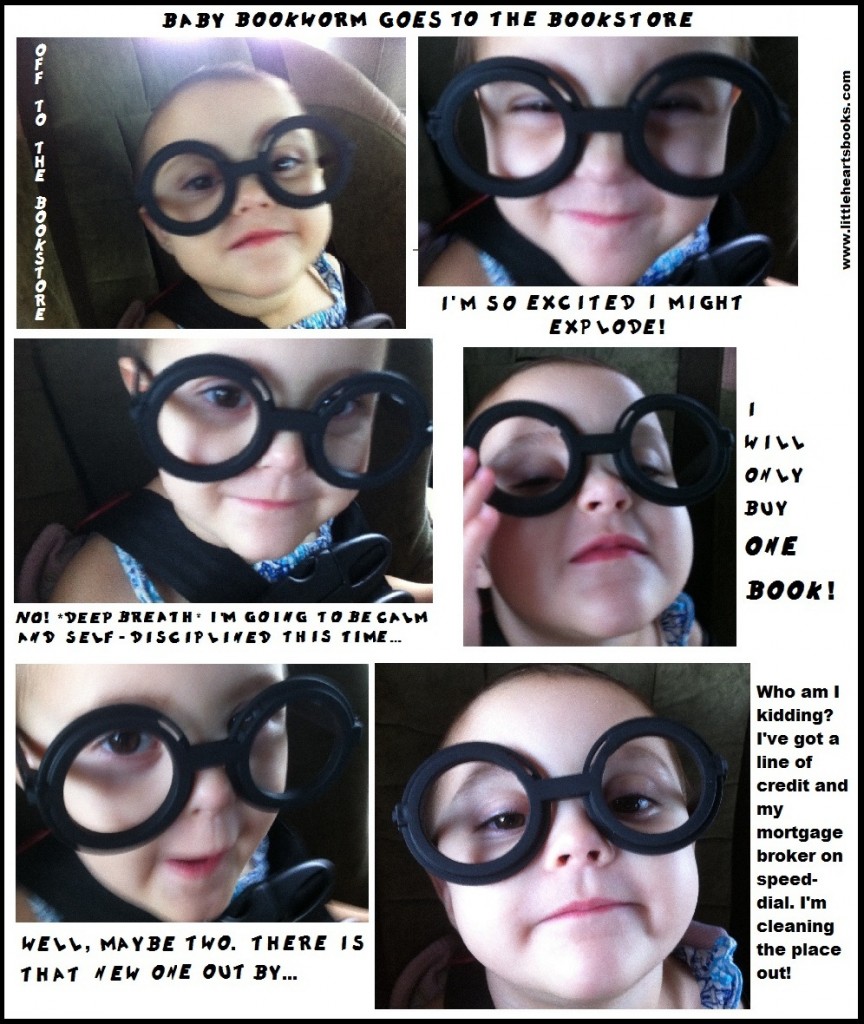 Note: Many of the books in the
Note: Many of the books in the 
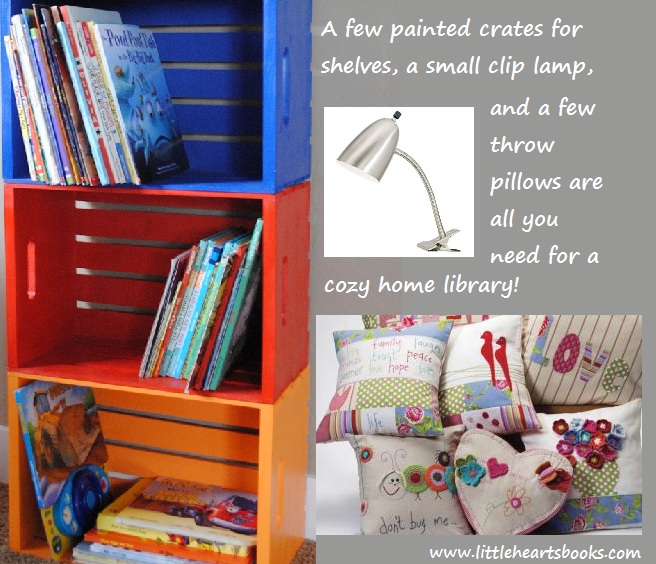
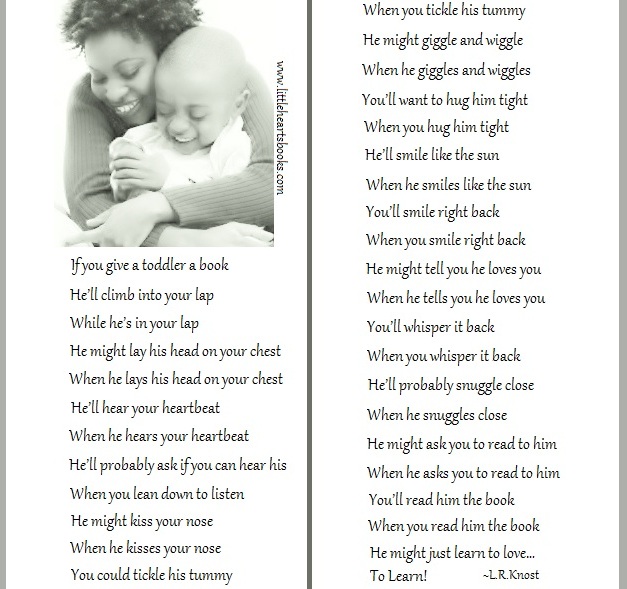
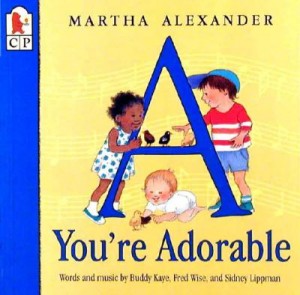
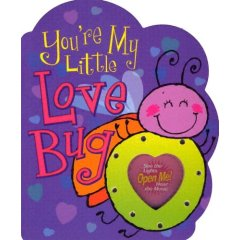
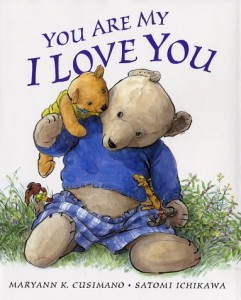
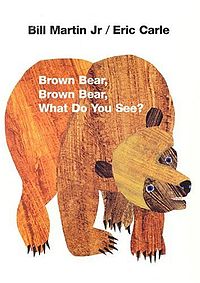
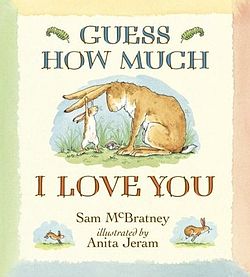
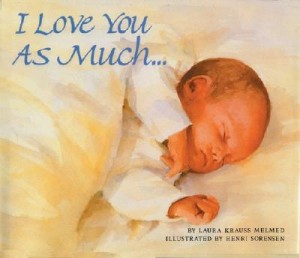
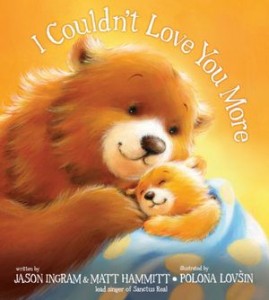
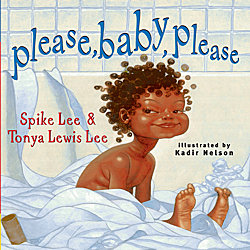
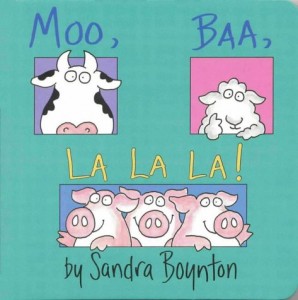
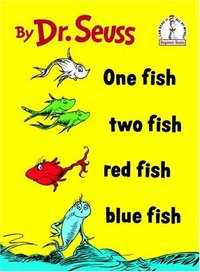
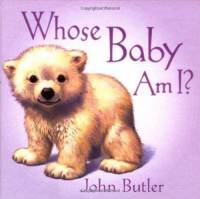

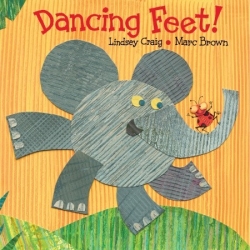

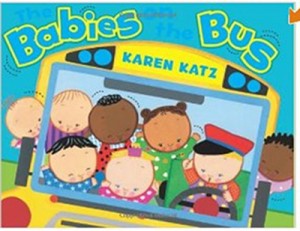
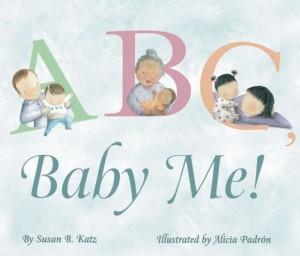
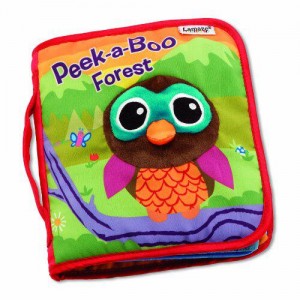
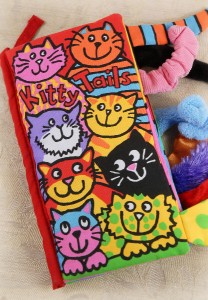
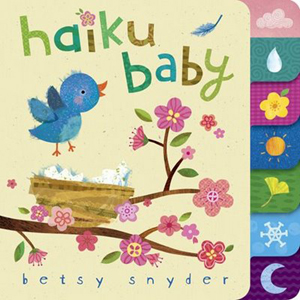
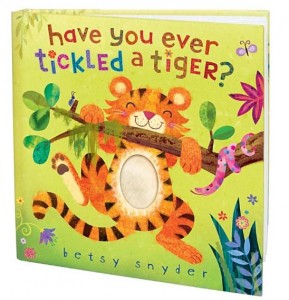
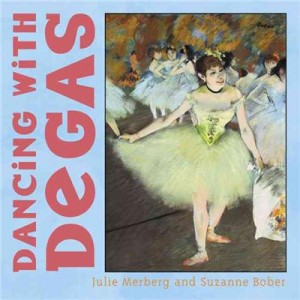

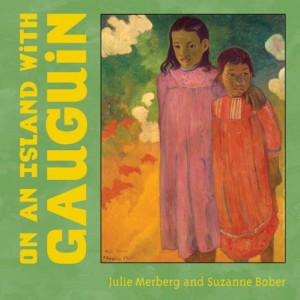
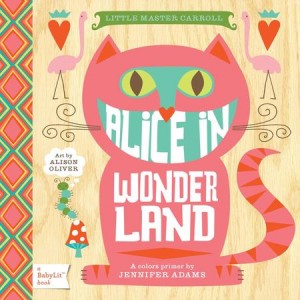
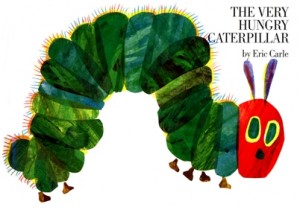
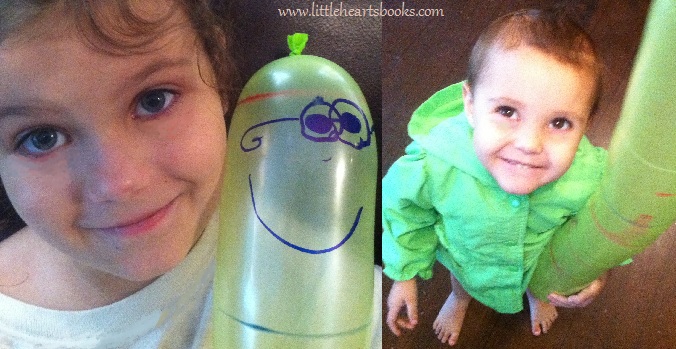 Don’t forget to check out
Don’t forget to check out 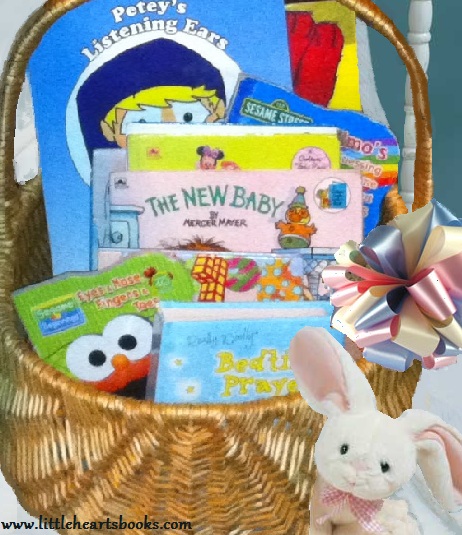 If you’re looking for baby shower ideas or new arrival gifts, how about a gift basket with a set of starter library books! Click on the pictures below to check out some links with more awesome ideas:
If you’re looking for baby shower ideas or new arrival gifts, how about a gift basket with a set of starter library books! Click on the pictures below to check out some links with more awesome ideas: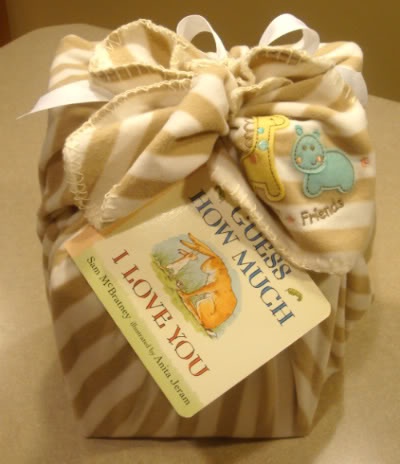

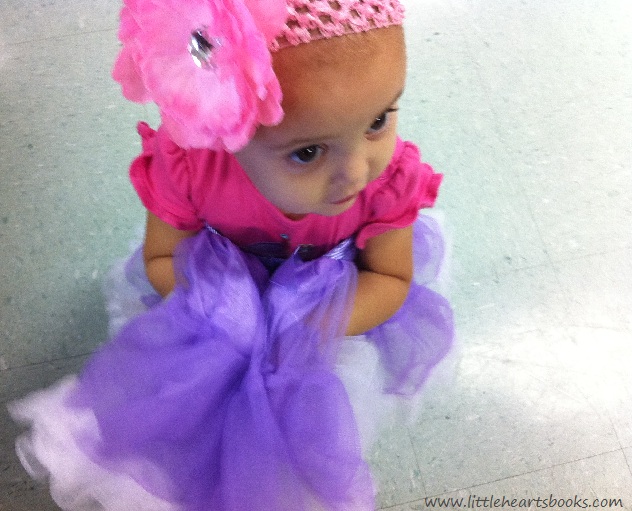 Fairy tales and folklore, those purveyors of ancient truths passed from one generation to the next, first through oral tradition, then in gloriously illustrated text, have fallen out of favor off and on throughout the centuries. They’ve been deemed outlandish, scandalous, frivolous, sexist, childish, etc. depending on what culture or era is doing the labeling at the time.
Fairy tales and folklore, those purveyors of ancient truths passed from one generation to the next, first through oral tradition, then in gloriously illustrated text, have fallen out of favor off and on throughout the centuries. They’ve been deemed outlandish, scandalous, frivolous, sexist, childish, etc. depending on what culture or era is doing the labeling at the time.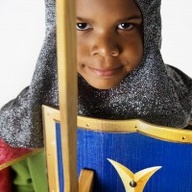 Prize recipient, physicist, and chemist, Marie Curie believed that, “A scientist in his laboratory is not a mere technician: he is also a child confronting natural phenomena that impress him as though they were fairy tales.”
Prize recipient, physicist, and chemist, Marie Curie believed that, “A scientist in his laboratory is not a mere technician: he is also a child confronting natural phenomena that impress him as though they were fairy tales.”
 A love of learning begins in the home with the establishment of a secure foundation of trust from which children can explore their world freely and joyfully. Fred Rogers said, “Play is the work of childhood.” In other words, play is not a waste of time, something to be dispensed with in pursuit of ‘more important’ activities, classes, sports, etc. Play is the vehicle through which children process the adult-sized world they live in and the big emotions and overwhelming sensory input that comes with it. Play involves imagination, creativity, and unrestricted activity. Those qualities flourish in the context of a secure attachment to a parent, a sure knowledge that a safe haven, gentle guidance, and unfailing support are no more than a stone’s throw away.
A love of learning begins in the home with the establishment of a secure foundation of trust from which children can explore their world freely and joyfully. Fred Rogers said, “Play is the work of childhood.” In other words, play is not a waste of time, something to be dispensed with in pursuit of ‘more important’ activities, classes, sports, etc. Play is the vehicle through which children process the adult-sized world they live in and the big emotions and overwhelming sensory input that comes with it. Play involves imagination, creativity, and unrestricted activity. Those qualities flourish in the context of a secure attachment to a parent, a sure knowledge that a safe haven, gentle guidance, and unfailing support are no more than a stone’s throw away. I like nonsense, it wakes up the brain cells. Fantasy is a necessary ingredient in living, it’s a way of looking at life through the wrong end of a telescope. Which is what I do, and that enables you to laugh at life’s realities.~Dr. Seuss
I like nonsense, it wakes up the brain cells. Fantasy is a necessary ingredient in living, it’s a way of looking at life through the wrong end of a telescope. Which is what I do, and that enables you to laugh at life’s realities.~Dr. Seuss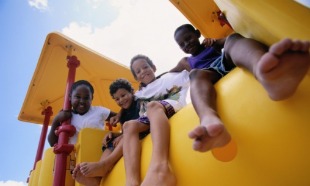
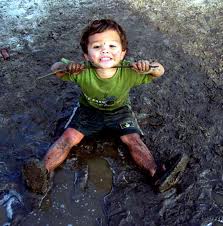



 A love of learning is born on the playground, in a fort made of sofa cushions, and in the pages of a picturebook. ~L.R.Knost
A love of learning is born on the playground, in a fort made of sofa cushions, and in the pages of a picturebook. ~L.R.Knost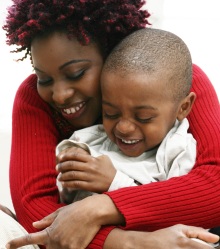
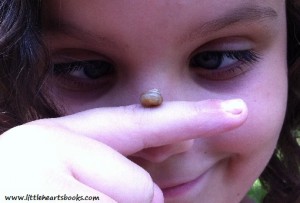 The most effective kind of education is that a child should play amongst lovely things. ~Plato
The most effective kind of education is that a child should play amongst lovely things. ~Plato
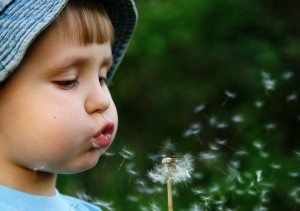
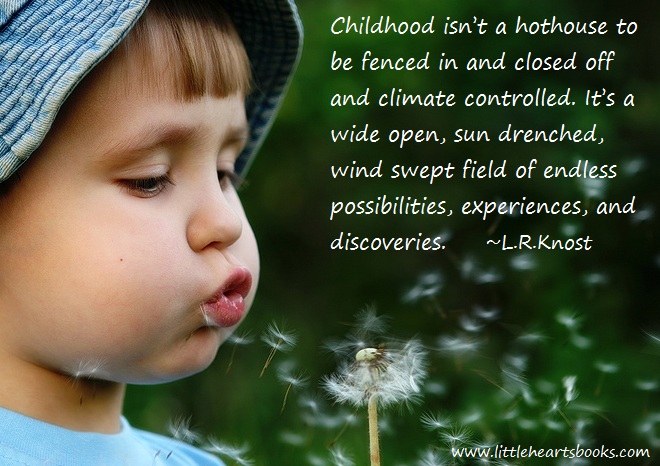

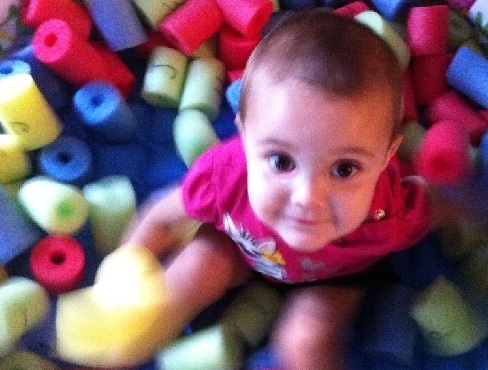 Lots of ideas for non-pool uses of pool noodles have been floating (hee hee) around
Lots of ideas for non-pool uses of pool noodles have been floating (hee hee) around 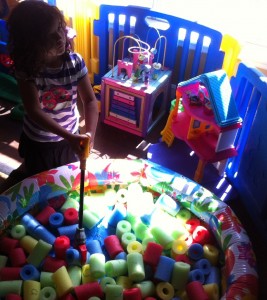
 I used a large, serrated bread knife which worked beautifully, and by making sure that all of the cuts are straight, the little chunks of funoodles make great building blocks, too. Since not all of my cuts were
I used a large, serrated bread knife which worked beautifully, and by making sure that all of the cuts are straight, the little chunks of funoodles make great building blocks, too. Since not all of my cuts were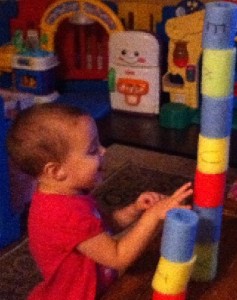 straight…okay, since none of my cuts were straight (Craft-aster strikes again!), my children’s towers look more like Dr. Seuss’ Who-ville buildings. But since they like to build, knock down, build, knock down etc, the Who-blocks work just fine for us. 🙂
straight…okay, since none of my cuts were straight (Craft-aster strikes again!), my children’s towers look more like Dr. Seuss’ Who-ville buildings. But since they like to build, knock down, build, knock down etc, the Who-blocks work just fine for us. 🙂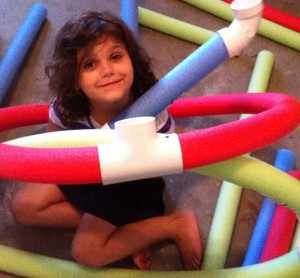 could actually get inside to play . So I cut long pieces, four of each color, being careful to keep each of the same-color pieces the same lengths so they would make perfect squares to use as sides or a base for whatever structure my children came up with. Then I went to the hardware store and bought 2″ pvc pipe fittings in various shapes to be used as connectors. It worked pretty well, but the pvc is heavy compared to the funoodles, so that’s a physics challenge for my children as they try to figure out how much of a support system is needed to
could actually get inside to play . So I cut long pieces, four of each color, being careful to keep each of the same-color pieces the same lengths so they would make perfect squares to use as sides or a base for whatever structure my children came up with. Then I went to the hardware store and bought 2″ pvc pipe fittings in various shapes to be used as connectors. It worked pretty well, but the pvc is heavy compared to the funoodles, so that’s a physics challenge for my children as they try to figure out how much of a support system is needed to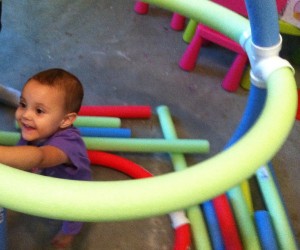 hold up the connectors. I’m looking for light-weight funoodle connectors, though, so they can build even bigger structures.
hold up the connectors. I’m looking for light-weight funoodle connectors, though, so they can build even bigger structures.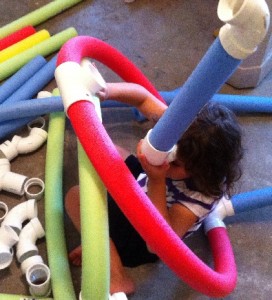


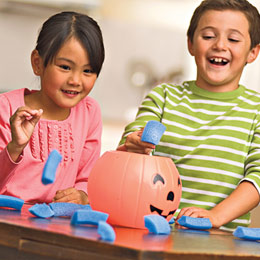
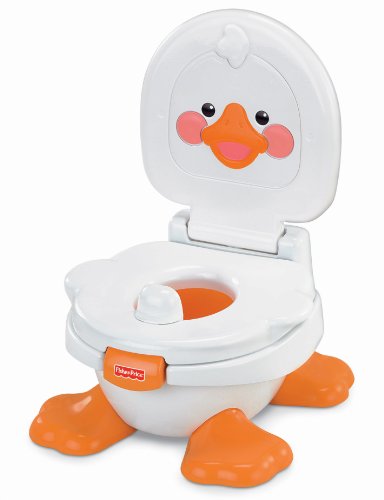
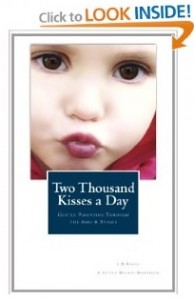

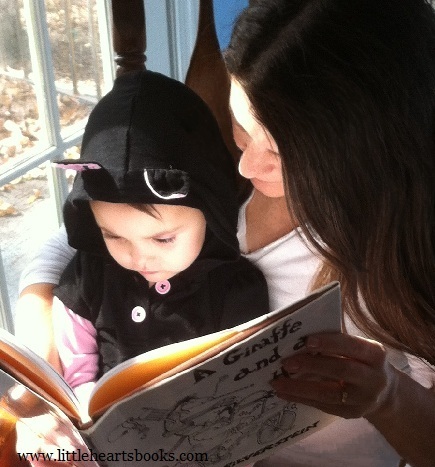 Fairy tales in childhood are stepping-stones throughout life, leading the way through trouble and trial. The value of fairy tales lies not in a brief literary escape from reality, but in the gift of hope that goodness truly is more powerful than evil and that even the darkest reality can lead to a Happily Ever After. Do not take that gift of hope lightly. It has the power to conquer despair in the midst of sorrow, to light the darkness in the valleys of life, to whisper “One more time” in the face of failure. Hope is what gives life to dreams, making the fairy tale the reality.
Fairy tales in childhood are stepping-stones throughout life, leading the way through trouble and trial. The value of fairy tales lies not in a brief literary escape from reality, but in the gift of hope that goodness truly is more powerful than evil and that even the darkest reality can lead to a Happily Ever After. Do not take that gift of hope lightly. It has the power to conquer despair in the midst of sorrow, to light the darkness in the valleys of life, to whisper “One more time” in the face of failure. Hope is what gives life to dreams, making the fairy tale the reality. 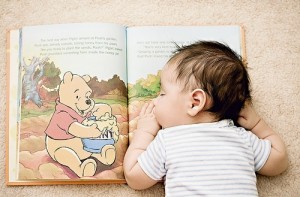
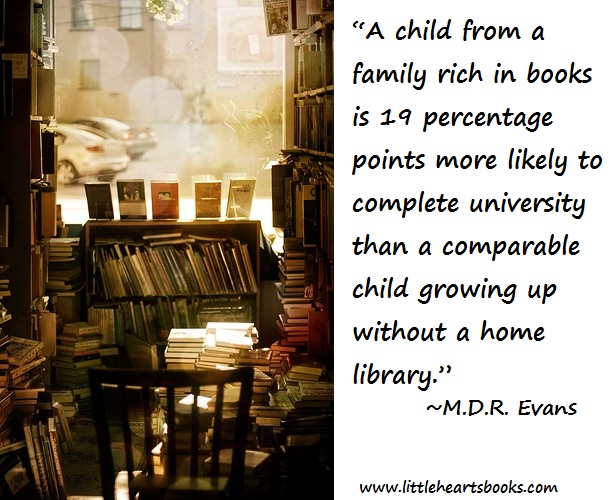
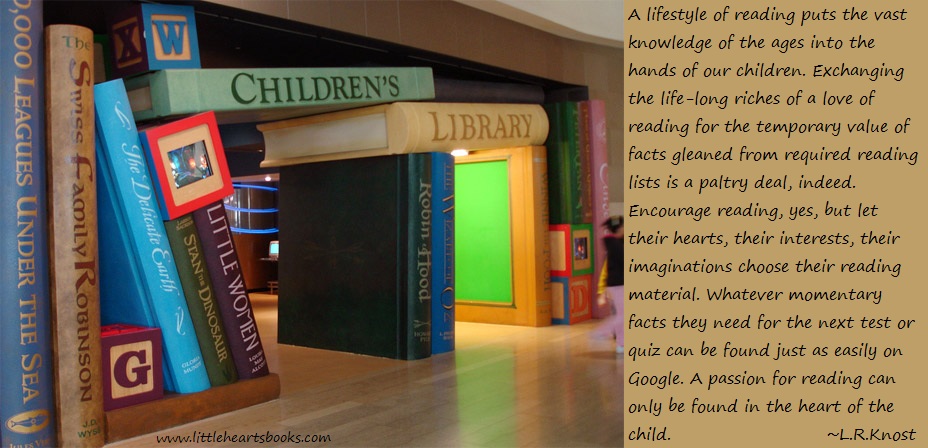

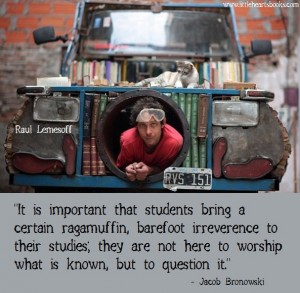
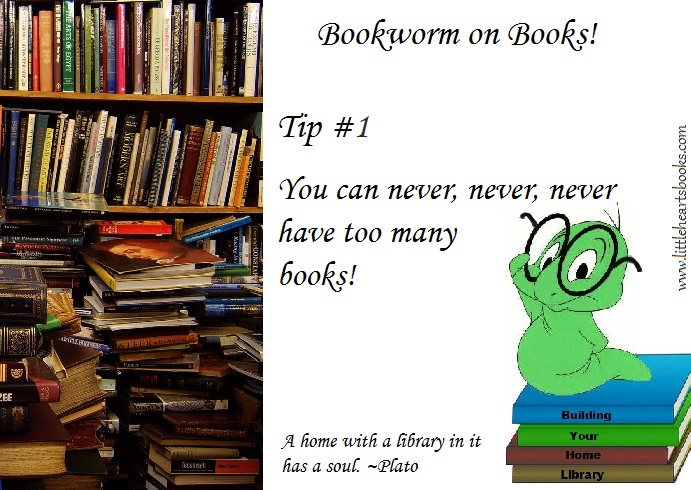
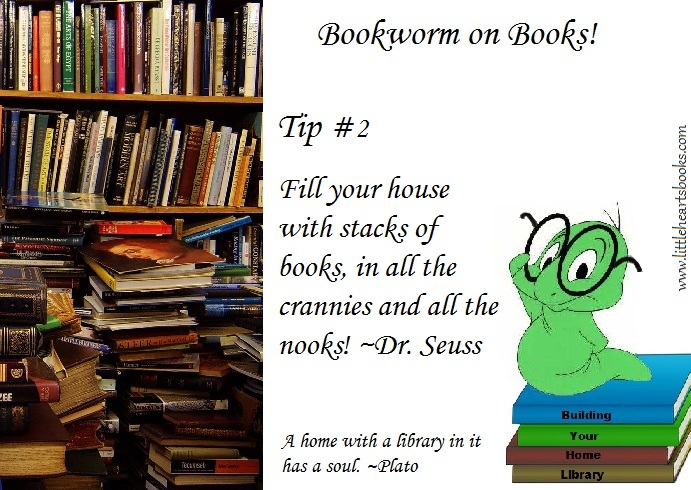
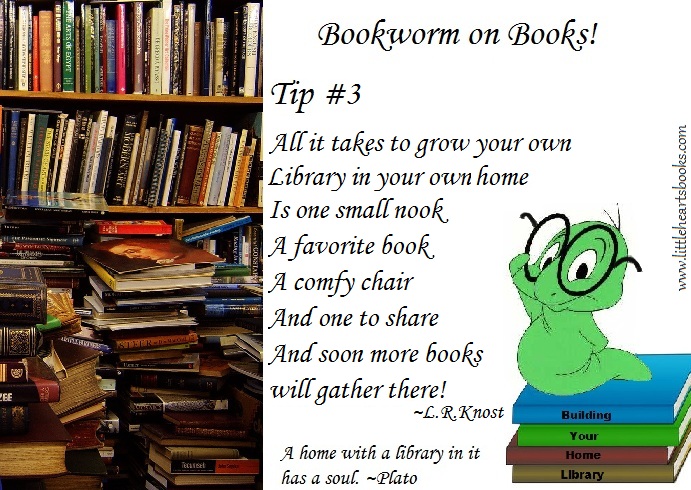
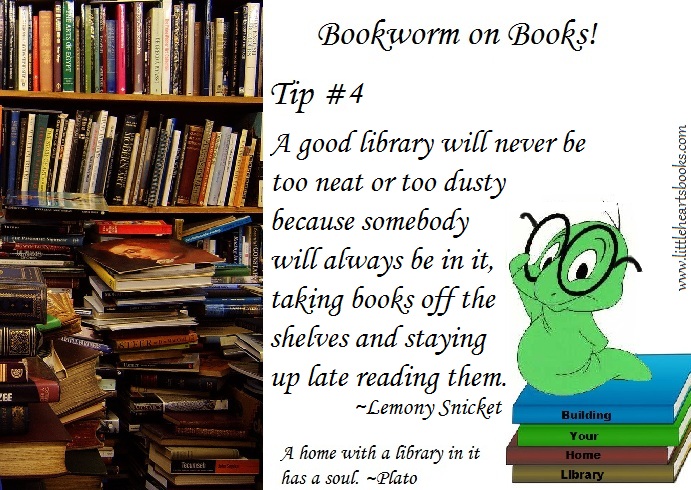
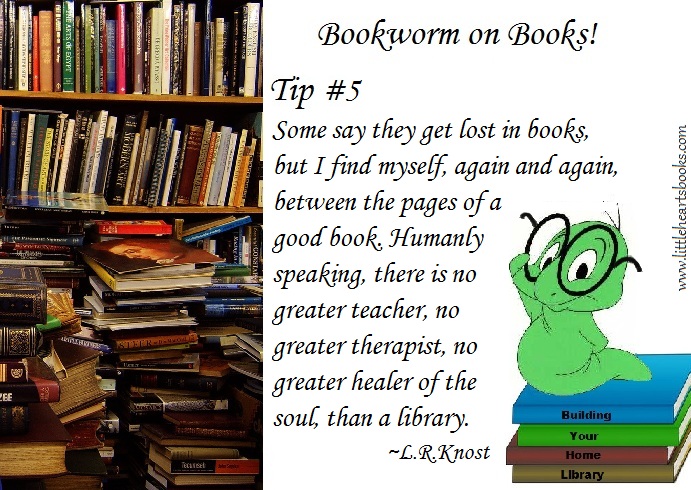
 Homeschooling a
Homeschooling a  unique learner sit in a comfortable seat while pedaling. The cross-over action of pedaling also has an organizing effect on the brain, and, if used while reading or playing video games (Video games can be great exercises for eye-tracking if you choose the right ones!) can actually increase the speed and effectiveness of learning.
unique learner sit in a comfortable seat while pedaling. The cross-over action of pedaling also has an organizing effect on the brain, and, if used while reading or playing video games (Video games can be great exercises for eye-tracking if you choose the right ones!) can actually increase the speed and effectiveness of learning.